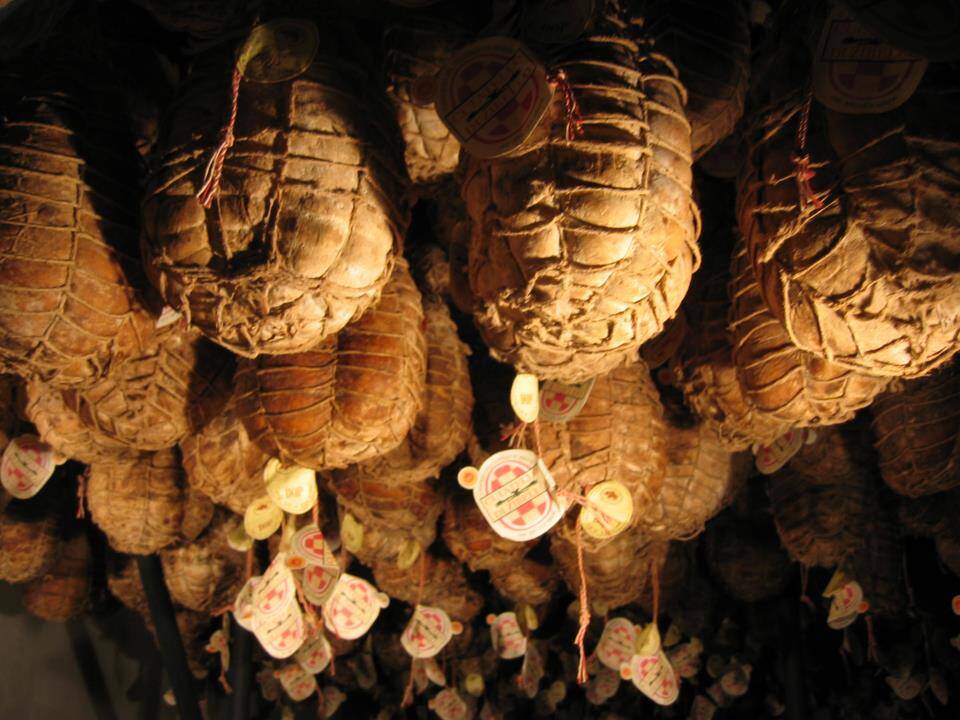What Are Panigacci and Where to Eat Them in La Spezia and Beyond
Panigacci are a traditional Italian flatbread originating from the Lunigiana region, which stretches across parts of Tuscany and Liguria, specifically around Podenzana and nearby towns like Aulla. These delicious flatbreads are made from a simple dough of flour, water, and salt, but their preparation involves an ancient and distinctive method that makes them stand out. […]
What Are Panigacci and Where to Eat Them in La Spezia and Beyond Read Post »
